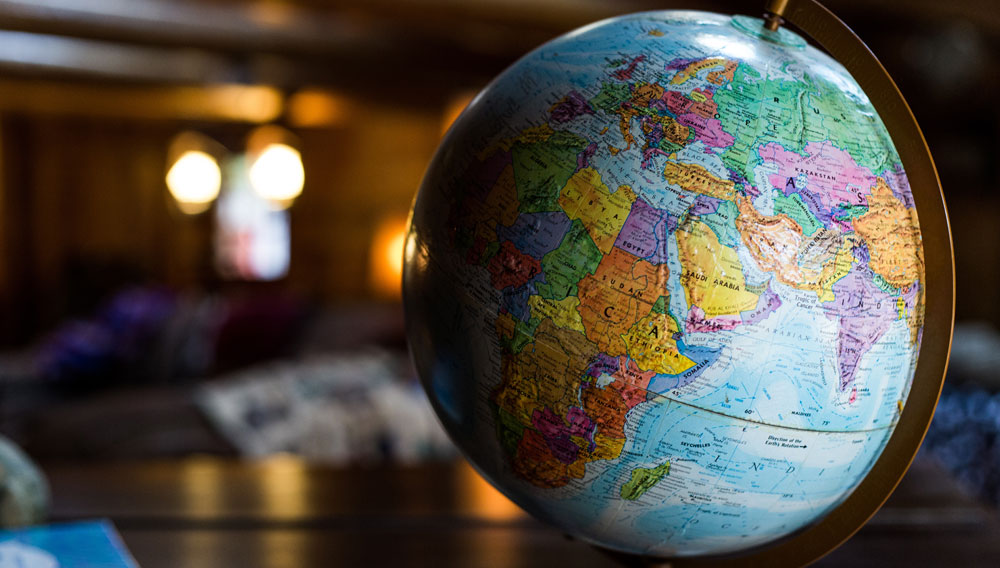Shop clearance at Anheuser-Busch
The announcement of the USD 52 billion sale of Anheuser-Busch to InBev on 14 July 2008 throws the future of ten Anheuser-Busch amusement and water parks into the air, including that of several other businesses which InBev may consider as “non core”.
InBev has said it will help pay for the deal by selling off non-core assets, but has refused to say which Anheuser-Busch or InBev businesses fit that definition. Even after Anheuser-Busch agreed to the sweetened offer of USD 70 a share, the companies are still keeping shtoom about the fate of Anheuser-Busch’s associated companies, like the theme parks, the packaging companies, the hop farms, malt plants, rice mills and the recycling facilities – the list of which fills a full page in Anheuser-Busch’s annual reports.
InBev has stressed that none of 12 breweries which Anheuser-Busch runs in the U.S. will close. But apart from that everything that’s part of the Anheuser-Busch empire could be earmarked for sale. InBev is known for its strict adherence to the principle that you should not dabble in things you don’t know much about or which others can do better and cheaper than you.
For proof just remember that InBev immediately disposed of the glass factory that Beck’s brewery owned after it had taken over the German brewer.
Wall Street analysts have said they believe the biggest non-core assets are Anheuser-Busch’s packaging business and its theme parks, which could fetch about USD 3 billion. Other analysts say that selling the parks and the packaging company could raise USD 5 billion to USD 6 billion for InBev. Which would just about cover the USD 7 billion loan that InBev has to pay back within a year.
Busch Entertainment, the Anheuser-Busch subsidiary which owns SeaWorld Orlando, Aquatica, Discovery Cove, Busch Gardens Tampa Bay and six other theme parks located throughout the U.S., generated USD 1.3 billion in sales and USD 163 million in profit for Anheuser-Busch in 2007, it was reported. Earlier this year and thus prior to the sale to InBev, Busch Entertainment moved its corporate headquarters to Orlando, Florida, which was widely seen as a necessary first step towards a spinoff.
In 2007, Busch Entertainment’s properties attracted an estimated 22.3 million visitors (compared with Disney’s 116 million guests), which made it the fifth-largest theme park operator in the world according to TEA/ERA research.
However, finding a buyer could prove difficult. The theme park market is more of a buyer’s market than a seller’s market at the moment. It’s been a flat year for parks thanks to the economy and high petrol prices.
The eventual buyer could be a private equity group. For example, the Blackstone Group purchased Europe’s Merlin Entertainments and Legoland parks in 2005.
Anheuser-Busch has used its entertainment parks as a marketing tool for its beers, showcasing teams of the famous Clydesdale horses and serving the company’s beers in hospitality rooms – an argument often quoted in favour of keeping the parks as core assets.
The sale of Anheuser’s packaging business would make more sense, and fetch between USD 3 billion and USD 4 billion, according to analysts’ estimates. It would allow InBev to focus on brewing, and Anheuser’s annual USD 930 million packaging bill could fall if sourced from a more efficiently run packaging specialist.
Again, things are not as straightforward as the armchair strategist might like to believe. There was a reason why Anheuser-Busch engaged in small-scale vertical integration. It was partly pet research. In Anheuser-Busch’s high-spend culture, protégées were often rewarded with pet-research. But it was not purely grandstanding that made Anheuser-Busch spend millions on its hop farms, for example. There was a logic to it: Having their hands in the various supply industries inevitably meant that they could improve quality from their vendors which they certainly have had success with in malt, grain transport delivery, glass bottle fabrication, and hop growing and hop processing.
Whatever Anheuser-Busch’s subsidiaries produced, it was only a small portion of their needs. Their glass factory in Houston, Longhorn, supplies an estimated 75 percent of the glass used at their big Houston brewery. Then they have their own maltings which make maybe 70 percent of their 2-row malt and 25 percent of 6-row malt.
In the case of Anheuser-Busch’s hop farms in both Idaho and Germany, people familiar with the situation say that output was less than 10 percent of Anheuser-Busch’s hop requirements. Yet by putting key areas under the microscope in their own facilities, they could better specify quality assurance parametres and acceptable limits, and help improve operations at their vendors.
Busch agronomists have done this again and again with maltsters and barley farmers, for example. Finally, by knowing the relative cost of the production, they also know very well the extra costs they incur compared to their vendors. In effect, says one industry insider, Anheuser-Busch could authoritatively establish what they viewed as fair pricing. In the world of malt, let’s say, it is like this: "This is what we’ll pay you per bushel to produce using our protocols and as long as you make our specifications." No invitation for quotes on pricing. Just a simple dictate that says “accept the conditions, make the spec, and this is what you will be paid.”
It’s fair to say that Anheuser-Busch convinced themselves that such deep investments, which include great research teams, were ultimately in benefit of shareholder value and hence “core-businesses”.
Ultimately, the decision of what’s core and what’s not, will be left to InBev’s controllers and bankers and what they consider opportune to sell.


